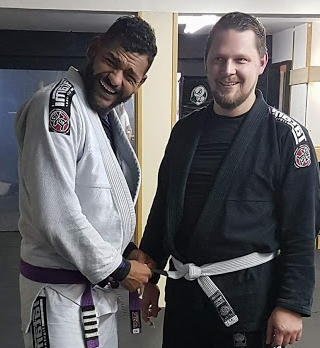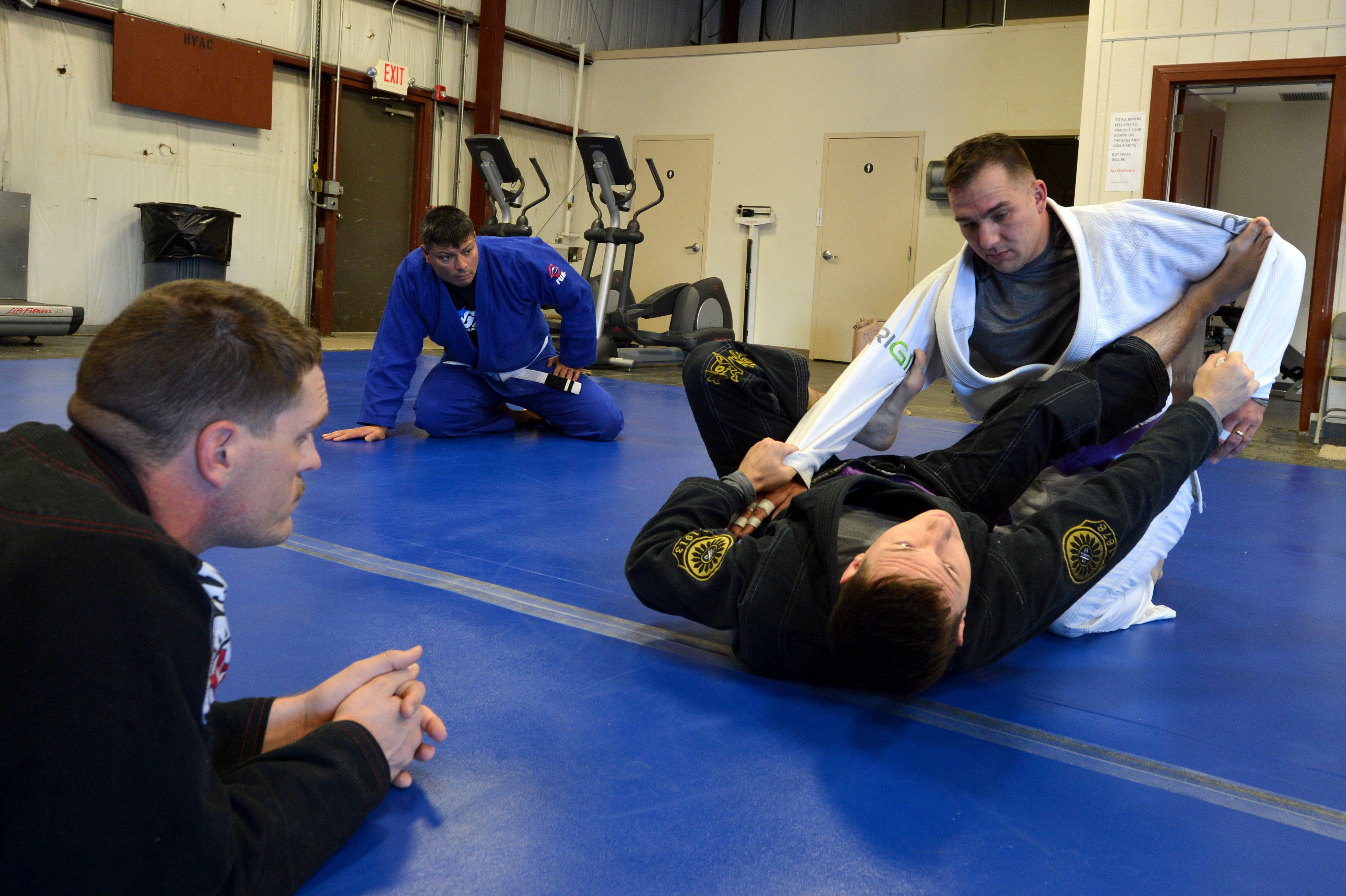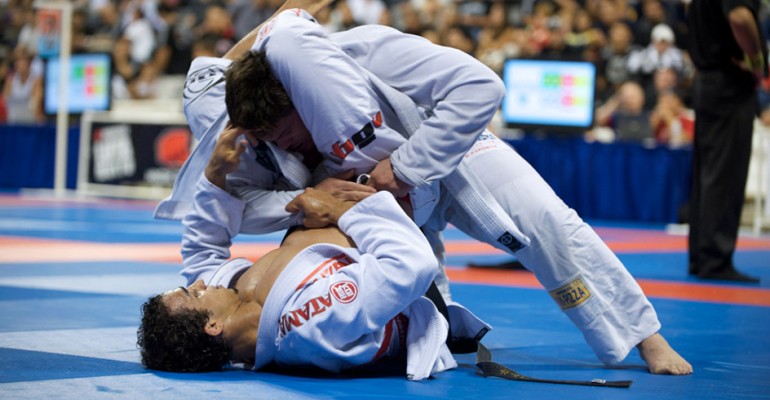
Brazilian jiu-jitsu is a lifestyle
Try BJJ
Fisrt Lesson Is Free. Book Now.
Head Of The School

The school is headed by Claiton Rodrigues. He is a purple belt under Andrea Ramos black belt. Claiton was one of the first people in Athlone to open the Brazilian jiu-jitsu school.
He has been training in martial arts for over 10 years and also holds a belt Jiu-Jitsu and Kik boxing. He has trained and competed all over the Ireland and Europ in Brazilian Jiu-Jitsu and has been coaching Bjj in Ireland since 2009.
Weekly Training Time Table
| Day | Time |
|---|---|
| Monday | 18:00 -20:30 |
| Wednesday | 18:00 -20:30 |
| Friday | 18:00 -20:30 |
| Saturday | 10:00 -12:30 |
Anybody is welcomed to training. Beginners, advanced and kids. You only need two students two start training. For kids traning please contact school in advance.
Location Of The School
The school is located on outskirts of town. There is a bus stop outside the school, rout A1 or A2 will bring you there.
Helps you get in shape
The amount of calories you burn doing live sparring in Brazilian jiu jitsu is ridiculous. Jiu jitsu works out both your anerobic and aerobic systems, giving you great cardio endurance. In addition to working on your cardio, the sports also help you build muscles, often in areas that are least developed.
The grappling art use muscles very rarely used during the day—so it gives you a chance to develop major muscle groups along with muscles that you would not otherwise develop just lifting weights.
Patience and Discipline
An impatient jiu jitsu player is an unsuccessful jiu jitsu player. This is because timing and rhythm are vital to the physics behind jiu jitsu technique. Executing a lock or throw at the right moment feels effortless; forcing one at the wrong time is next to impossible. Practicing in this context builds patience and self-discipline, and helps reduce stress.
Teaches value of hard work
When you start out you are getting thrown and submitted at will. But you will start to see that as you put more time into your practice, it takes you longer to lose, and you lose less and less. And then you put more time in you will eventually win against those that you were unable to beat before.
Jiu jitsu teaches you the value of hard work, because you actually get to see the fruits of your labor every time you spar. Your progress can be seen; it’s tangible. This lesson in jiu jitsu can be taken and applied to all areas of your life. Getting good at jiu jitsu is just like getting good at anything else, you need to stay the path, be consistent, and practice mindfully.
Brazilian jiu-jitsu in action
The life of training in Brazilian jiu-jitsu hapens on ground all the time, be redy.
History of BJJ
Brazilian Jiu Jitsu, although obviously similar in many respects to Judo and other traditional systems of Japanese Jiu Jitsu, differs in some fundamental ways from all other related systems. Judo was originally designed as a powerful system of self-defense that also included a sportive component and the idea
of self-cultivation and the mutual benefit of members of society. Presently, although the techniques of Judo may certainly be applied in real fighting situations (and many practitioners of "sport" Judo have applied their skills very effectively in non-sportive confrontations), the emphasis in most schools is on sport competition.
Brazilian Jiu Jitsu has followed a different course in the last 80 years. The Gracie challenge and participation in countless free fighting events has led to a different emphasis in fighting strategy and the development of unique rules for BJJ sport competition. Brazilian Jiu Jitsu is divided into three broad categories, each mutually supportive of the others; self-defense (including striking techniques and unarmed techniques against armed opponents), free fighting competition (commonly referred to as "vale tudo" or "anything goes" events, now popularly called MMA), and sport grappling with and without the gi (matches that include a wide range of submission holds, but no striking). Even the rules of sport grappling matches are designed to ingrain the proper strategy to be applied in the street.
Brazilian Jiu-Jitsu instructor Rener Gracie explains the philosophy behind BJJ


